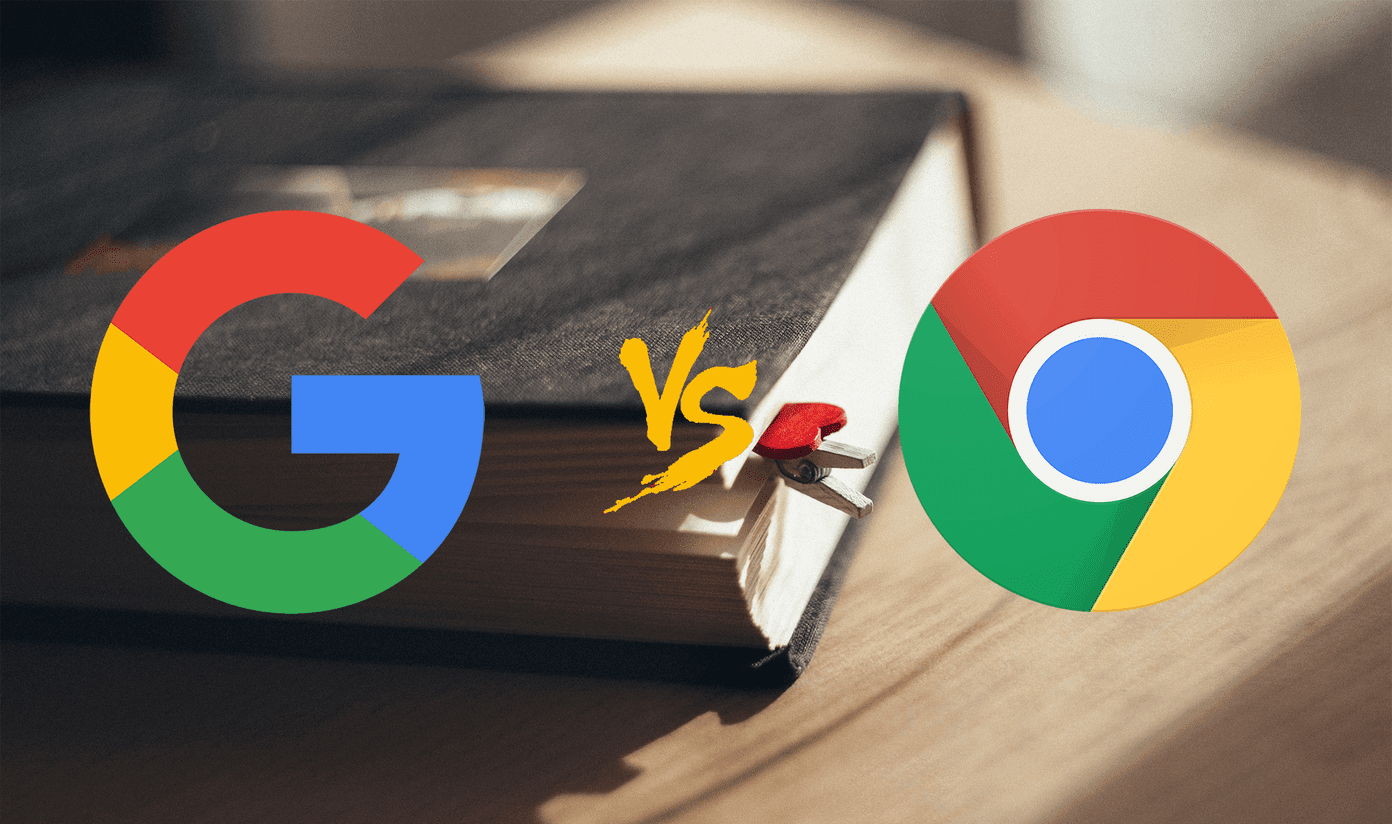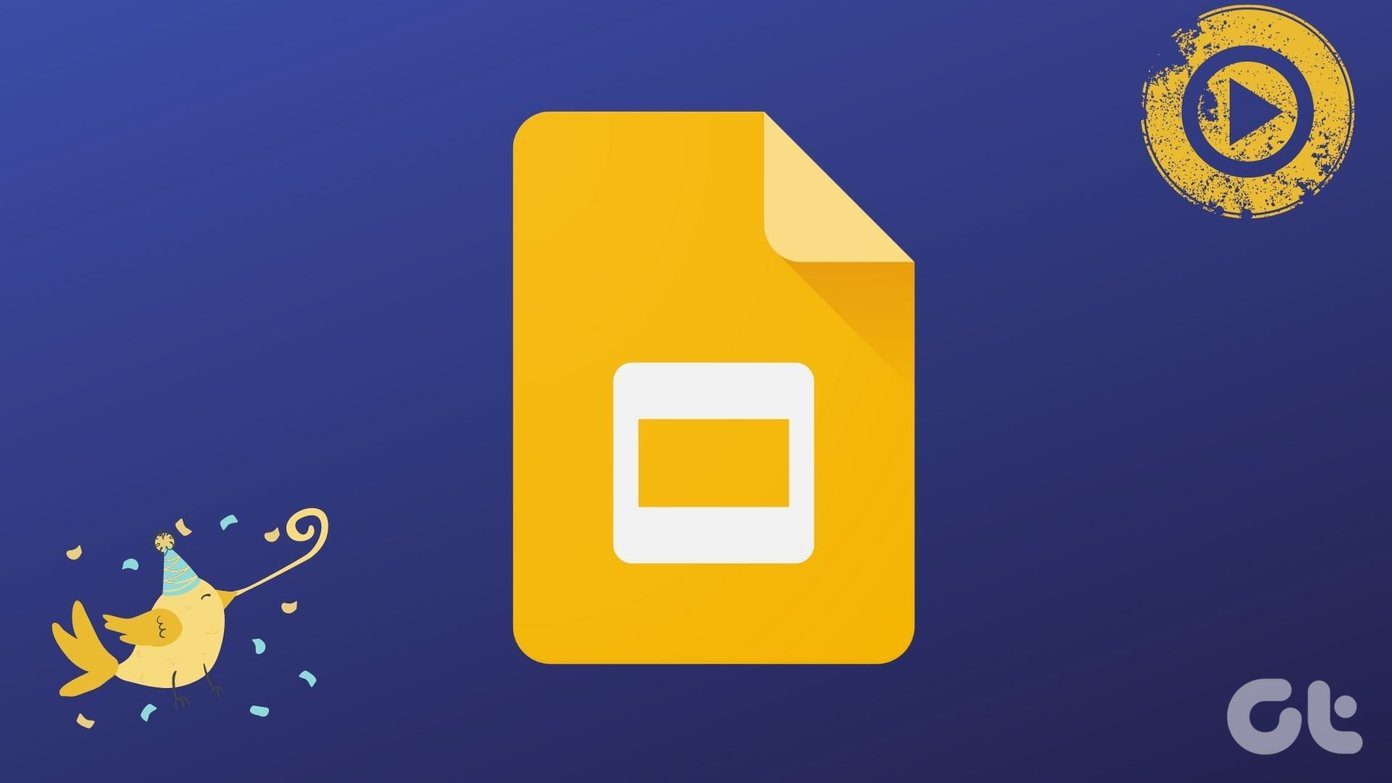One may think what else would the app offer other than simple file sharing? That’s where you are wrong. Unless you know all the tidbits of an app, you haven’t used it fully. So in this post, you will find all the hidden features and various tips and tricks to use the SHAREit app like a pro. Let’s check them out.
1. Change Name and Avatar
By default, SHAREit assigns the name of your phone as the contact name. You can, however, modify both the name and the avatar to your preference. Here’s how to do it. Step 1: On both Android and iPhone, open the SHAREit app and tap on the profile picture icon at the top-left corner. Step 2: A menu will slide from the left side. Tap on your profile picture again. Step 3: On Android, type the name in the available name box and select the avatar from the list. If you want to capture a selfie or use an existing picture from the gallery, tap on the camera icon, and choose the option that you like — Take a photo or Choose from Albums. On iPhone, tap on the area that says iPhone and start typing your name. Hit the profile picture to select a new avatar. To capture a new one or select from existing, use Camera or Albums option. Step 4: Tap on Done in case of iPhone and Save (present at the top) for Android.
2. Select All Items
Typically, one would tap on the items one by one in the SHAREit app to send it to others. Sometimes, you need to select more than one item. Fortunately, both Android and iOS apps let you do that. To do so, use the select all option present on the right side of the item name.
3. Share Files to PC
If you thought that you could only use SHAREit to share files between mobile devices, you are wrong. SHAREit also works on PC. You need to download the SHAREit app. While the feature is easily available in the iPhone app, it’s located at a bizzare place in the Android app. To access it on the iPhone, tap on the profile picture icon on the home screen of the app or slide right from the left sidebar and select Connect PC/Mac. Then scan the code shown on the PC app. On Android, tap on the icon present at the top-right corner and select Connect PC from it.
4. Use WebShare
While having the SHAREit app on both the sender and receiver’s end is essential for file transfer, it works without that too. Yes. Thanks to the WebShare feature for you can share files without having the app on the receiver’s side. The receiver needs to open the link provided by the sender. The WebShare works differently in Android and iPhone. To access it on iPhone, slide right from the left sidebar and select WebShare. On the iPhone, the sender and receiver should be connected to the same Wi-Fi network. Then the receiver needs to open the link given by the sender, and the latter has to scan the code available on the receiver’s screen. By doing so, the receiver will have access to all the supported files on your phone, such as photos. You can then drag and drop files. On Android, things are different for the receiver needs to be connected to the sender’s hotspot. Only then file sharing is possible. To access it, tap on the icon at the top-right corner on the home screen and select WebShare. Then select the files and connect the receiver’s device to the hotspot. After that, open the given link and your file will be available.
5. Group Share
Remember when you click pictures in a group, and everyone is like, ‘send it to me.’ Usually, you would share it with them individually using the SHAREit app. However, a cool feature is available in the Android SHAREit app that relieves you from doing it multiple times. Known as Group Share, your friends join the group that you have created, and everyone in the group can send files to others. To access it, tap on the icon at the top-right corner and select Group Share from it. Then choose Create Group or Join Group as per your preference.
6. Use Share Zone
Another cool feature that you may have never used is Share Zone. Available in both Android and iPhone, this feature lets you pre-select files that will be seen by everyone with whom you connect in the future using SHAREit. You can add or remove files from the Share Zone. It supports video, music, and APK files only. To add or remove files in Share Zone, tap on the profile picture icon at the top-left corner on the home screen of the app. Then select Share Zone from it. Here you can modify the contents of Share Zone. To view files available in Share Zone, connect with a sender/receiver just as you normally do by sending or receiving a file. Then on the sharing screen, you will find the Share Zone at the top. Tap on it. Here you will find the files added to Share Zone by the other party.
7. Play Files Using Built-in Player
Did you know SHAREit comes with a native photo viewer and media player? Yes, you don’t have to use other apps to access the files. You can listen to music and watch videos right inside the SHAREit app. Just tap on the file, and you are good to go.
8. Change Content Preference
Even though SHAREit was designed for file transfer, the Android app has evolved into a video content app. While there is no way to remove the extra features, the least you can do is make the app suit your taste. That is, you can change the content shown in the app. For that, tap on the profile picture icon on the home screen and select Change Content Preference. Then, choose your interests from the given options and hit OK.
9. Turn off Notifications
SHAREit is notorious for bombarding you with notifications on Android. Fortunately, you can disable them. To do so, open SHAREit Settings and then go to Notification Settings. Turn the toggle off for Receive notification. Alternatively, go to phone Settings > Apps/Installed Apps > SHAREit. Tap on Notifications and turn the toggle off.
All That Glitters Isn’t Gold
While SHAREit offers many features, it has become annoying to use recently. All thanks to the ads, unnecessary videos, and bloatware. Fortunately, many SHAREit alternatives exist on both Android and iPhone. Do check them out if you are thinking of switching to another app. Next up: Most file sharing apps require internet. What to do if there is no internet? Check how to transfer files between PC and Android without internet. The above article may contain affiliate links which help support Guiding Tech. However, it does not affect our editorial integrity. The content remains unbiased and authentic.




































